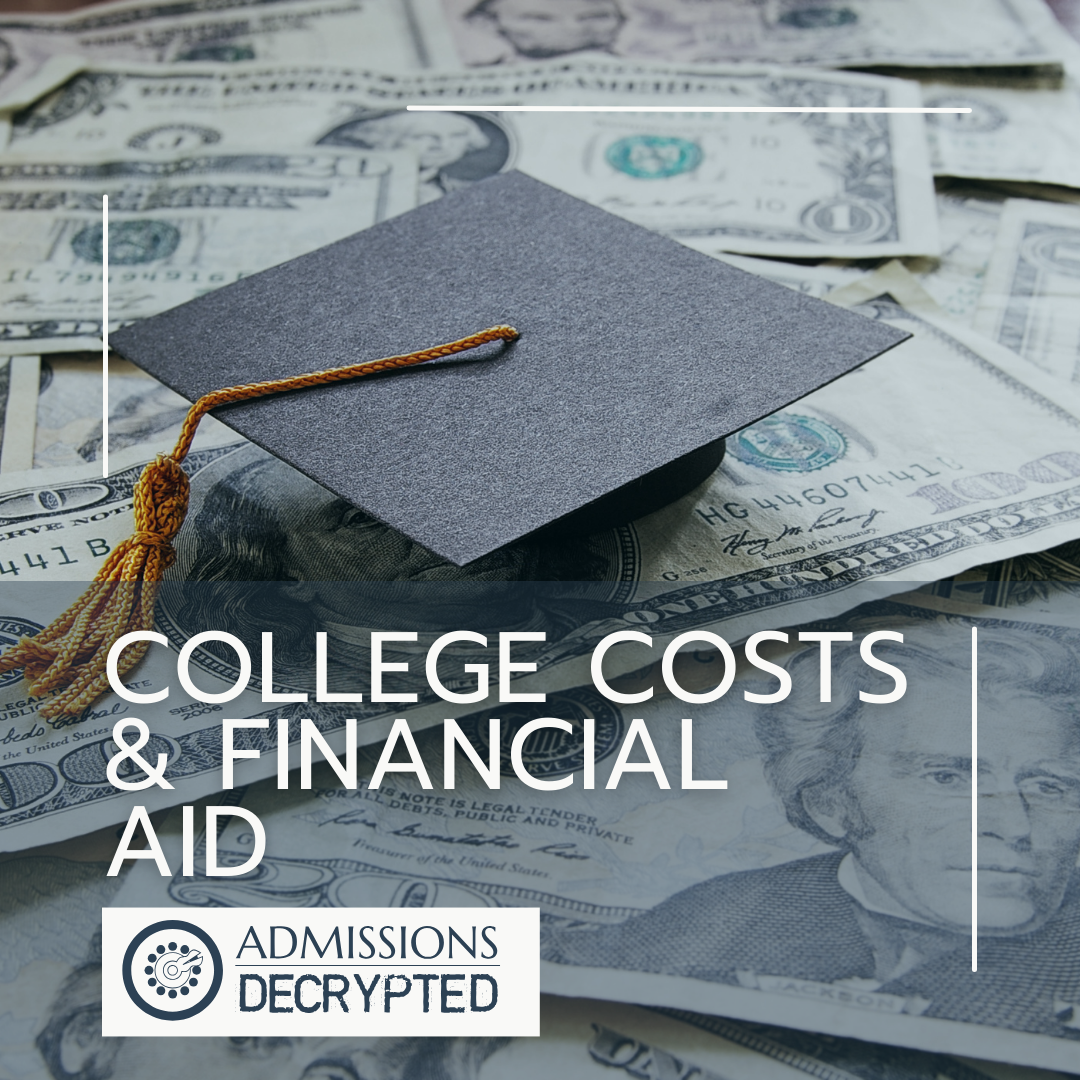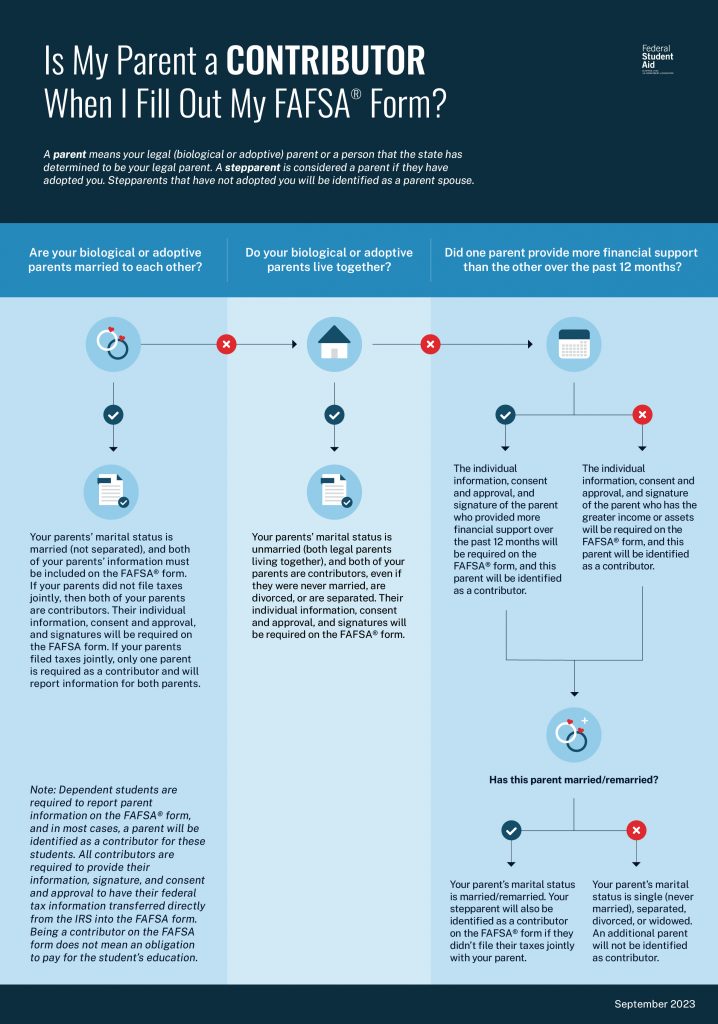College Admissions with Calm, Clarity & Confidence
the blog

read post
The Department of Education announced on November 14, 2024 that the FAFSA 2025-26 is available to all students through the Beta test version. This means any students can apply for federal financial aid for the 2025-26 college academic year through the Free Application for Federal Student Aid (FAFSA). Students and their “contributors” (aka parents submitting […]
Read More
College affordability matters. Understanding college costs and financial aid works should be one of your first steps in making a college list. This is a long article, but I want to give you a strong overview of college costs and financial aid, so you are prepared to consider your options. Think about your family budget, college […]

Read More
FAFSA is the Free Application for Federal Student Aid. FAFSA 2024-25 (for the college academic year that starts in Fall 2024) opened December 31, 2023 in a soft launch. This revised form reflects changes to the format and the formula used to calculate eligibility for need-based financial aid. These FAFSA tips will help you finish […]
